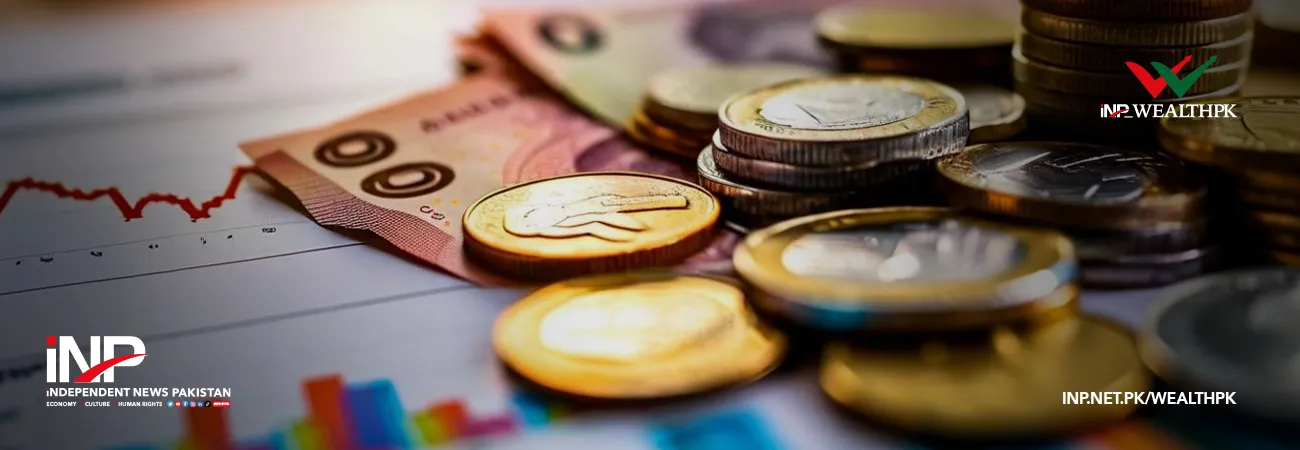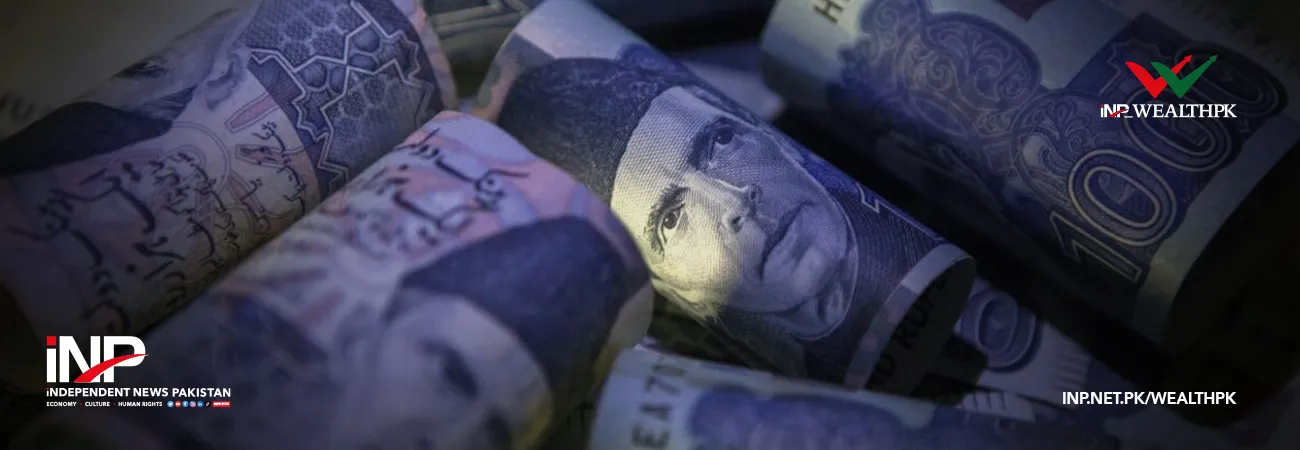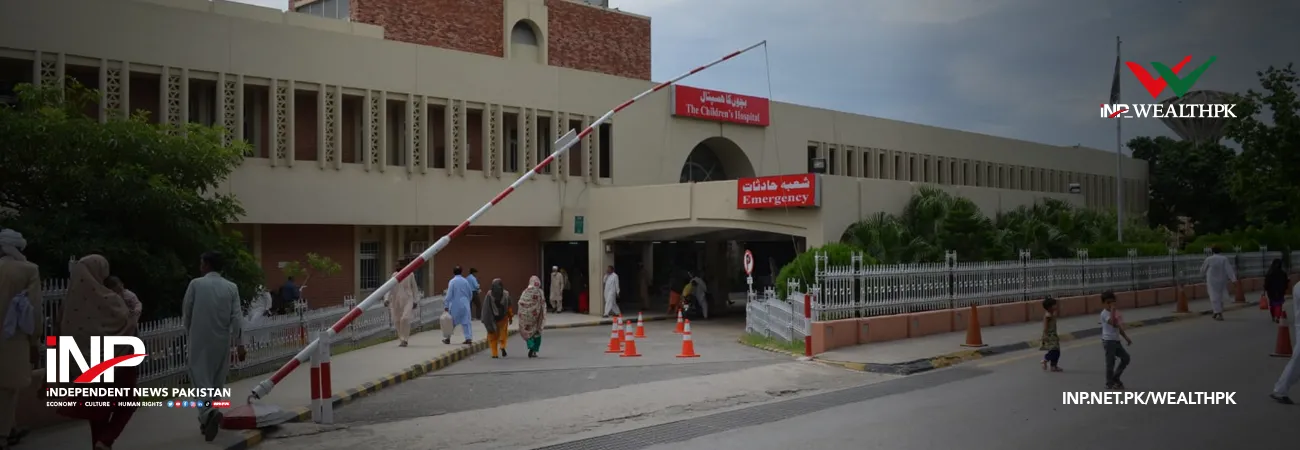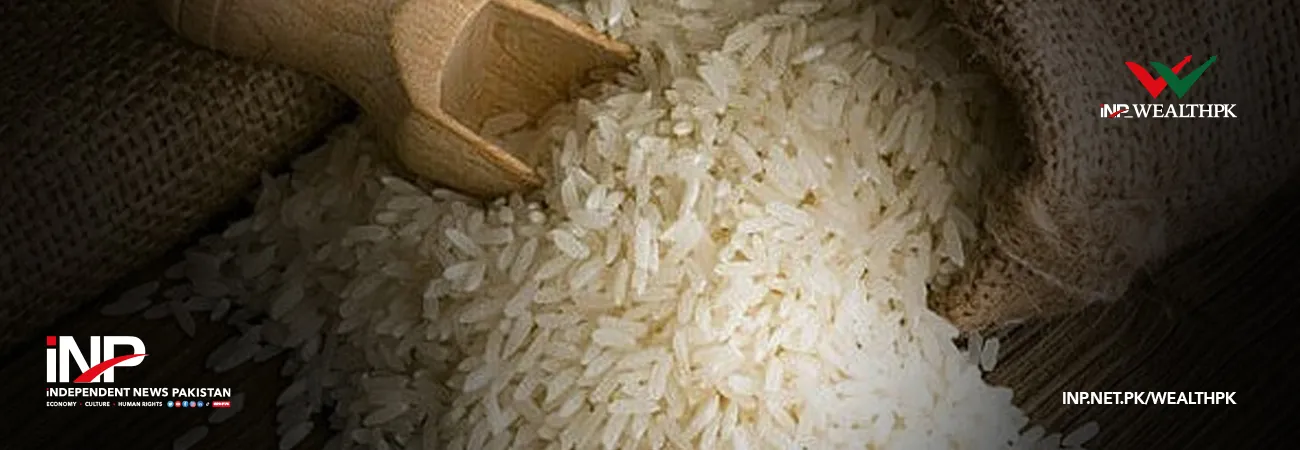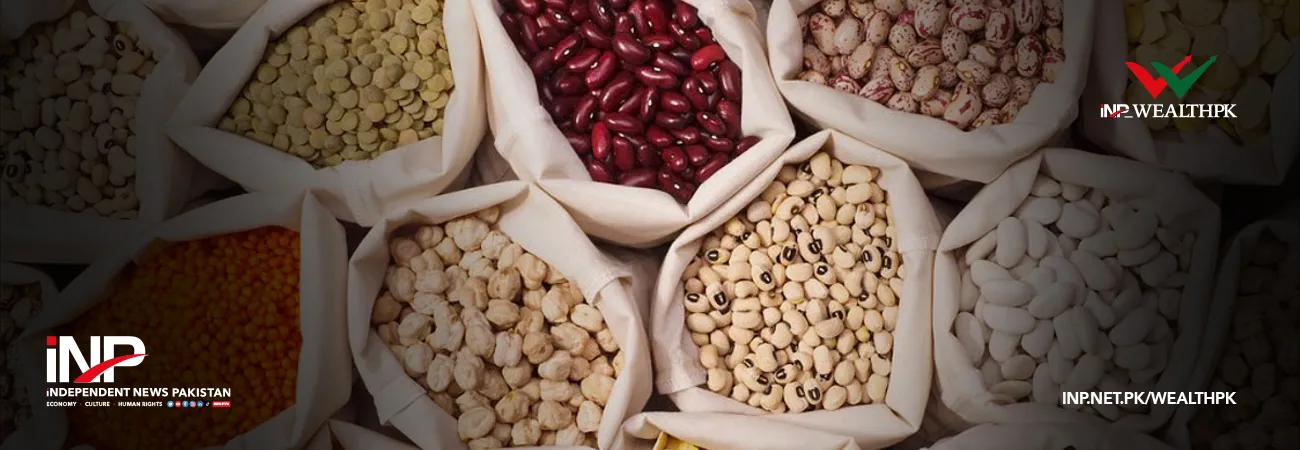INP-WealthPk
By Samia Khalid ISLAMABAD, March 22 (INP-WealthPK): Pakistan’s midyear economic performance shows nascent growth with a gradual resumption of economic dynamism, according to WealthPK. The fiscal year 2021-22 began with high hopes of continuing the economic growth momentum achieved in the previous year. The external environment, which was punctuated by global commodity price increases, was flowing into what was initially thought to be a transitory increase in energy and import-based consumer prices. According to the mid-year economic review report published by the ministry of planning, development and special initiatives, industrial and services sectors picked up during the first half of the ongoing fiscal year (1HFY22), while agriculture sector performance looked outstanding in terms of Kharif crop projections. The agriculture sector out-turns are likely to exceed the envisaged targets of the Annual Plan FY22 given the developments in the lead indicators of the sectors available for 1HFY22. The harvesting of Kharif crops is complete, and early output projections for all three major crops are higher than the same period of last year. The State Bank of Pakistan has set an annual indicative agricultural credit disbursement goal of Rs1,700 billion for this fiscal year, which is 24.5% higher than last year's distribution of Rs1,366 billion, in line with the government's agriculture promotion plan. According to WealthPK, large-scale manufacturing grew 7.4% in 1HFY22, compared to 1.2% in the same period of FY21. During 1HFY22, 16 of the 22 groups contributed favourably to this growth, while six groups saw a reduction in their output. The automobile industry grew by 69.4% annually in 1HFY22, owing to increased production of jeeps, light commercial vehicles and trucks. The services sector’s success is largely determined by the performance of commodity-producing industries. During 1HFY22, commodity-producing sectors performed as expected. As a result, the dependent services are expected to perform better in wholesale and retail commerce, transportation and storage, and other areas. The Naya Pakistan Housing Initiative, in particular, has not only contributed to growth in the construction (industrial sector), but has also had a positive spillover effect on related service sectors such as banking and housing. Moreover, the related exports have increased by 38%, which is the highest growth in the first half of any fiscal year. In comparison to the same period of the previous year, foreign direct investment increased by 20% in 1HFY22. The banking, communication, oil and gas exploration, and power generating industries saw the bulk of investments. For the first time in the country's history, credit to the private sector has surpassed Rs1 trillion, indicating buoyant market confidence and hunger for finance. Credit offtake by private businesses reached Rs904 billion during 1HFY22, against an offtake of Rs246 billion during the comparable period of last year. Start-up activities in the country attracted an unprecedented $350 million in investment from the global markets during FY21, which reflects the potential investment opportunities for growing business enterprises. The Security and Exchange Commission of Pakistan incorporated the highest number of companies in a calendar year as it registered 5,764 firms, which is 48% higher than in 2020. In terms of fiscal development, the Federal Bureau of Revenue’s tax collections increased by 32.5% in 1HFY22 compared to the same period last year. Growth in both current and development expenditures evenly contributed to this increase. Current expenditures grew by 13.6%, and the major drivers of this increase arose from additional expenditures on repayments to Independent Power Producers (Rs135 billion), vaccine imports (Rs156 billion), and subsidy payments (Rs144 billion). Interest payments decreased from Rs1,475 billion to Rs1,452 billion in this period. During the first half of the ongoing fiscal year, development expenditures increased by 24.1%. The deficit widened from 2.5% last year to 2.9% this year, whereas overall, the fiscal deficit remained constant at 2.1% of GDP. The overall balance of payments was comfortably placed and the current account was in surplus, which is reflected in the forex reserve build-up. This broad-based improvement in economic performance is indicative of building on the V-shaped growth recovery achieved during FY21. However, the tenuous spillover between growth acceleration and external sector vulnerabilities once again surfaced during 1HFY22. The structural characteristics of the balance of payments constrained growth along with a global surge in commodity prices, which manifested in the highest-ever import surge in December 2021. These developments led to recent fiscal and monetary policy responses aimed at rebalancing growth in aggregate demand with the external sector's sustainability. While all high-frequency indicators reflect growing economic activity and employment generation, the external sector balancing in an escalating global inflationary environment is a major challenge for the economy.








